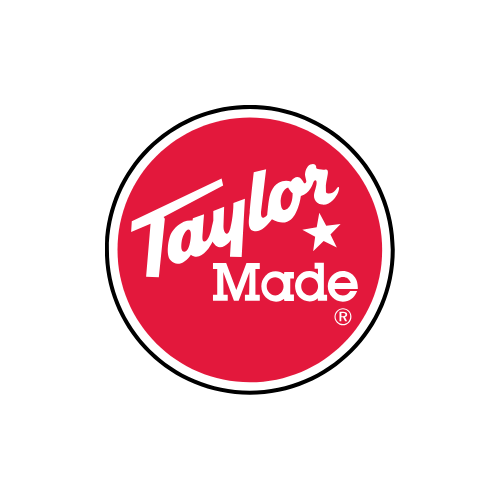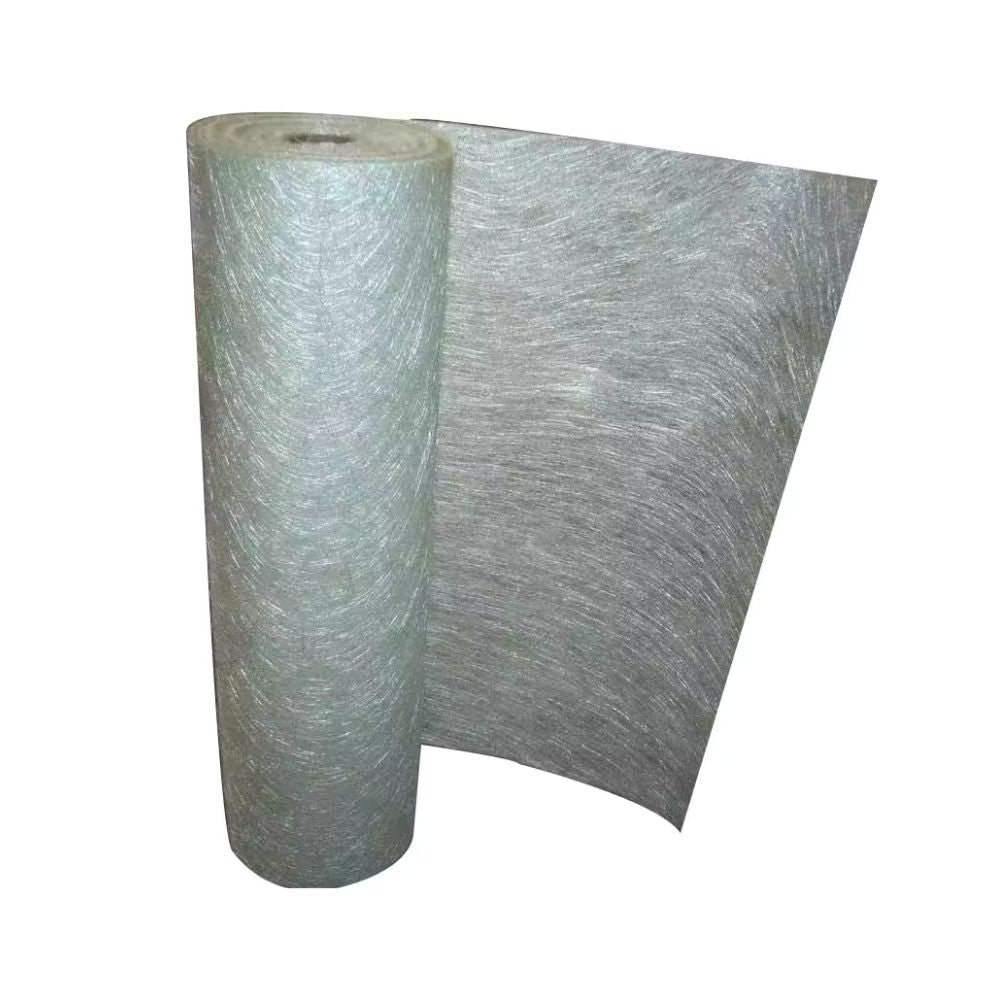
Different Types of Stainless Steel
## Understanding the Different Types of Stainless Steel
Stainless steel is a versatile and durable material widely used in various industries, from construction to kitchenware. Its unique properties, such as resistance to corrosion and high strength, make it a preferred choice for many applications. However, not all stainless steel is created equal. There are different types of stainless steel, each with specific properties suited for different uses. In this blog post, we’ll explore the main types of stainless steel and their unique characteristics.
### 1. Austenitic Stainless Steel
Austenitic stainless steel is the most common type, making up about 70% of all stainless steel production. It contains high levels of chromium and nickel, which enhance its corrosion resistance and mechanical properties. The most notable grades in this category are 304 and 316 stainless steel.
- **304 Stainless Steel**: Often referred to as 18/8 stainless steel because it contains 18% chromium and 8% nickel. It’s known for its excellent corrosion resistance and ease of fabrication, making it ideal for kitchen appliances, food processing equipment, and architectural applications.
- **316 Stainless Steel**: Contains 16% chromium, 10% nickel, and 2% molybdenum. The addition of molybdenum improves its resistance to pitting and crevice corrosion, making it suitable for marine environments and chemical processing industries.
### 2. Ferritic Stainless Steel
Ferritic stainless steel contains high chromium levels but low carbon content, giving it good corrosion resistance and magnetic properties. This type of stainless steel is generally less expensive than austenitic stainless steel but offers lower toughness and ductility.
- **430 Stainless Steel**: One of the most common ferritic grades, containing 17% chromium. It is used in automotive trim, domestic appliances, and architectural decorations due to its good corrosion resistance and formability.
- **409 Stainless Steel**: Contains 11% chromium and is often used in automotive exhaust systems due to its ability to withstand high temperatures and resistance to corrosion.
### 3. Martensitic Stainless Steel
Martensitic stainless steel is known for its high strength and hardness, achieved through heat treatment. It contains higher levels of carbon compared to other types, which makes it less corrosion-resistant but ideal for applications requiring wear resistance and sharpness.
- **410 Stainless Steel**: Contains 11.5% chromium and is used for applications such as cutlery, turbine blades, and surgical instruments due to its hardness and ability to be heat-treated.
- **420 Stainless Steel**: Often called "cutlery-grade" stainless steel, it contains 12-14% chromium and is used in surgical instruments, knives, and dental tools.
### 4. Duplex Stainless Steel
Duplex stainless steel is a combination of austenitic and ferritic structures, offering a balance of strength and corrosion resistance. It contains higher chromium content and moderate nickel levels, providing improved stress corrosion cracking resistance compared to other types.
- **2205 Duplex Stainless Steel**: Contains 22% chromium, 5% nickel, and 3% molybdenum. It’s used in applications such as chemical processing, oil and gas industry, and marine environments due to its high strength and excellent resistance to corrosion and stress corrosion cracking.
### 5. Precipitation-Hardening Stainless Steel
Precipitation-hardening stainless steel offers high strength and hardness through heat treatment. It contains chromium and nickel, with the addition of elements like copper, aluminum, or titanium to enhance its mechanical properties.
- **17-4 PH Stainless Steel**: Contains 17% chromium and 4% nickel, with the addition of copper. It is used in aerospace, chemical, and petrochemical industries due to its high strength, good corrosion resistance, and ease of fabrication.
### Conclusion
Understanding the different types of stainless steel is crucial for selecting the right material for your specific application. Each type offers unique properties that cater to various industrial needs, from corrosion resistance and high strength to ease of fabrication and heat resistance. Whether you are working on a construction project, manufacturing kitchen appliances, or designing chemical processing equipment, choosing the appropriate stainless steel type ensures optimal performance and longevity of your products.
By being aware of these differences, you can make informed decisions that will enhance the quality and durability of your work, ultimately leading to better results and customer satisfaction.
Stainless steel is a versatile and durable material widely used in various industries, from construction to kitchenware. Its unique properties, such as resistance to corrosion and high strength, make it a preferred choice for many applications. However, not all stainless steel is created equal. There are different types of stainless steel, each with specific properties suited for different uses. In this blog post, we’ll explore the main types of stainless steel and their unique characteristics.
### 1. Austenitic Stainless Steel
Austenitic stainless steel is the most common type, making up about 70% of all stainless steel production. It contains high levels of chromium and nickel, which enhance its corrosion resistance and mechanical properties. The most notable grades in this category are 304 and 316 stainless steel.
- **304 Stainless Steel**: Often referred to as 18/8 stainless steel because it contains 18% chromium and 8% nickel. It’s known for its excellent corrosion resistance and ease of fabrication, making it ideal for kitchen appliances, food processing equipment, and architectural applications.
- **316 Stainless Steel**: Contains 16% chromium, 10% nickel, and 2% molybdenum. The addition of molybdenum improves its resistance to pitting and crevice corrosion, making it suitable for marine environments and chemical processing industries.
### 2. Ferritic Stainless Steel
Ferritic stainless steel contains high chromium levels but low carbon content, giving it good corrosion resistance and magnetic properties. This type of stainless steel is generally less expensive than austenitic stainless steel but offers lower toughness and ductility.
- **430 Stainless Steel**: One of the most common ferritic grades, containing 17% chromium. It is used in automotive trim, domestic appliances, and architectural decorations due to its good corrosion resistance and formability.
- **409 Stainless Steel**: Contains 11% chromium and is often used in automotive exhaust systems due to its ability to withstand high temperatures and resistance to corrosion.
### 3. Martensitic Stainless Steel
Martensitic stainless steel is known for its high strength and hardness, achieved through heat treatment. It contains higher levels of carbon compared to other types, which makes it less corrosion-resistant but ideal for applications requiring wear resistance and sharpness.
- **410 Stainless Steel**: Contains 11.5% chromium and is used for applications such as cutlery, turbine blades, and surgical instruments due to its hardness and ability to be heat-treated.
- **420 Stainless Steel**: Often called "cutlery-grade" stainless steel, it contains 12-14% chromium and is used in surgical instruments, knives, and dental tools.
### 4. Duplex Stainless Steel
Duplex stainless steel is a combination of austenitic and ferritic structures, offering a balance of strength and corrosion resistance. It contains higher chromium content and moderate nickel levels, providing improved stress corrosion cracking resistance compared to other types.
- **2205 Duplex Stainless Steel**: Contains 22% chromium, 5% nickel, and 3% molybdenum. It’s used in applications such as chemical processing, oil and gas industry, and marine environments due to its high strength and excellent resistance to corrosion and stress corrosion cracking.
### 5. Precipitation-Hardening Stainless Steel
Precipitation-hardening stainless steel offers high strength and hardness through heat treatment. It contains chromium and nickel, with the addition of elements like copper, aluminum, or titanium to enhance its mechanical properties.
- **17-4 PH Stainless Steel**: Contains 17% chromium and 4% nickel, with the addition of copper. It is used in aerospace, chemical, and petrochemical industries due to its high strength, good corrosion resistance, and ease of fabrication.
### Conclusion
Understanding the different types of stainless steel is crucial for selecting the right material for your specific application. Each type offers unique properties that cater to various industrial needs, from corrosion resistance and high strength to ease of fabrication and heat resistance. Whether you are working on a construction project, manufacturing kitchen appliances, or designing chemical processing equipment, choosing the appropriate stainless steel type ensures optimal performance and longevity of your products.
By being aware of these differences, you can make informed decisions that will enhance the quality and durability of your work, ultimately leading to better results and customer satisfaction.
Prev post

Yacht Detailing Guide
Updated on 11 July 2024















